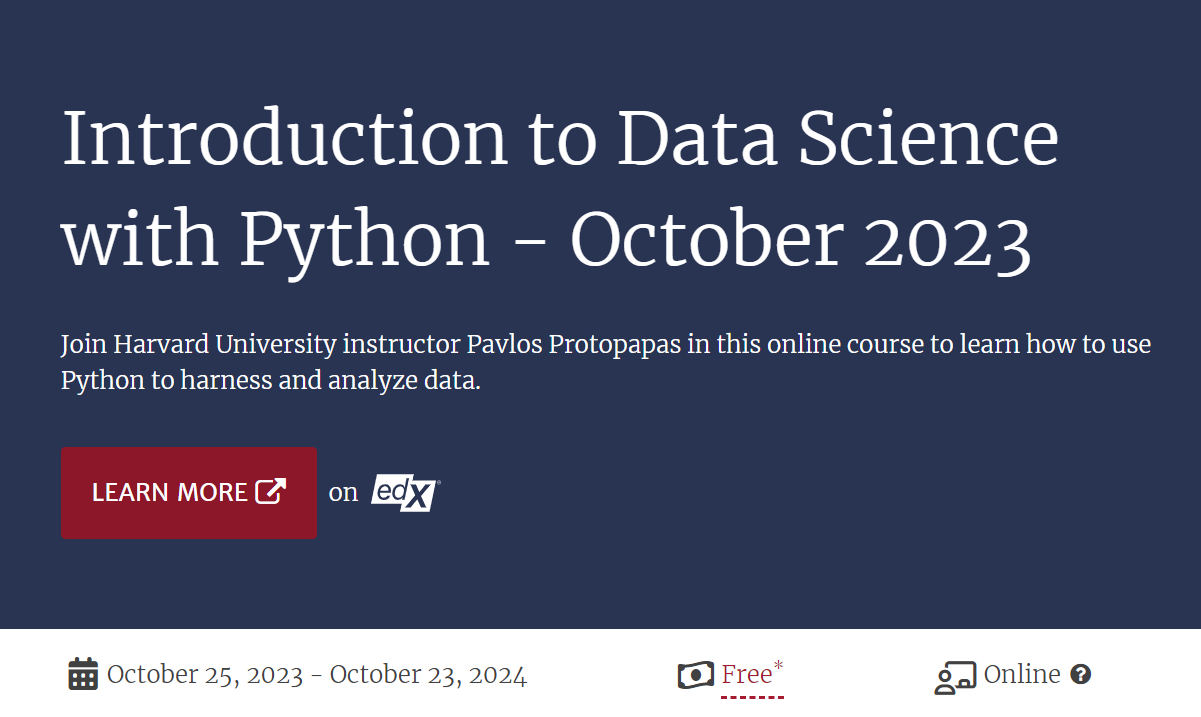This course covers the basics of the Python programming language, and is targeted to students who have no programming experience. The course begins by establishing a strong foundation in basic programming concepts. Through engaging lessons and practical exercises, students will master essential topics such as variables, relational and boolean operators, control statements, and input/output operations. Building on this solid groundwork, students will program with functions, lists, and tuples. In the final phase of the course, students will unlock the full potential of Python by harnessing the capabilities of the popular NumPy library.
About this course
The course will illustrate how Python is utilized in the exciting field of business analytics through real-world examples and hands-on exercises. With an emphasis on interactivity, students will code alongside the course materials. By the end of this course, students will have developed a strong understanding of programming principles, gained proficiency in Python syntax, and developed the skill to apply Python functions to basic analytic problems.
What you'll learn
Upon completion of this course, students should be able to:
1. Install and use the Anaconda distribution of Python through the creation of Jupyter notebooks.
2. Understand and use variables in Python
3. Work with common Python data types including float, integer, string, boolean, lists, and tuples
4. Create expression in Python with variables, relational operators, and boolean operators
5. Implement basic program flow control with if statements and loops
6. Read data from and write data to text files.
7. Utliize important analytic libraries like Numpy
8. Understand how to implement and adequately test algorithms in Python
Join free - Python Fundamentals for Business Analytics



.png)





.png)
.png)


.png)
.png)



.png)

.png)




.png)
.png)

.png)

.png)
.jpg)

.png)


.png)


.png)


.png)









.png)






















.png)






